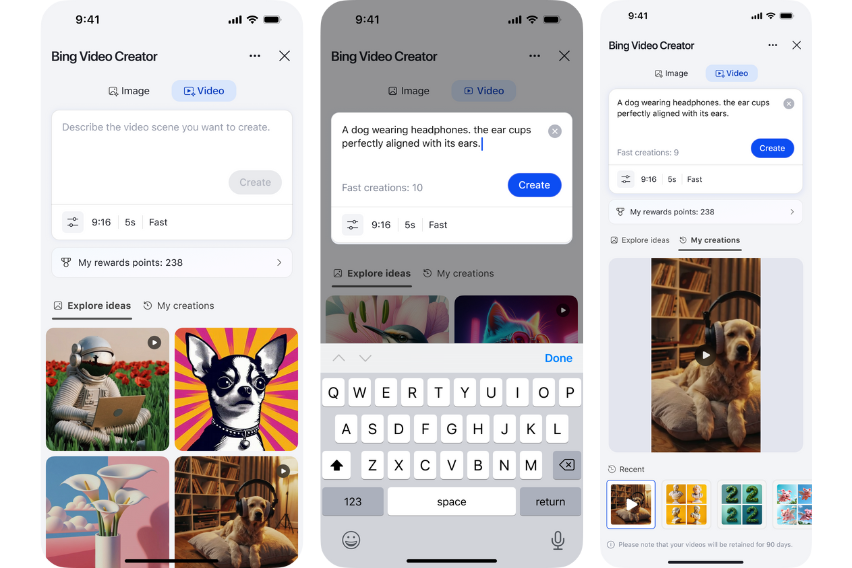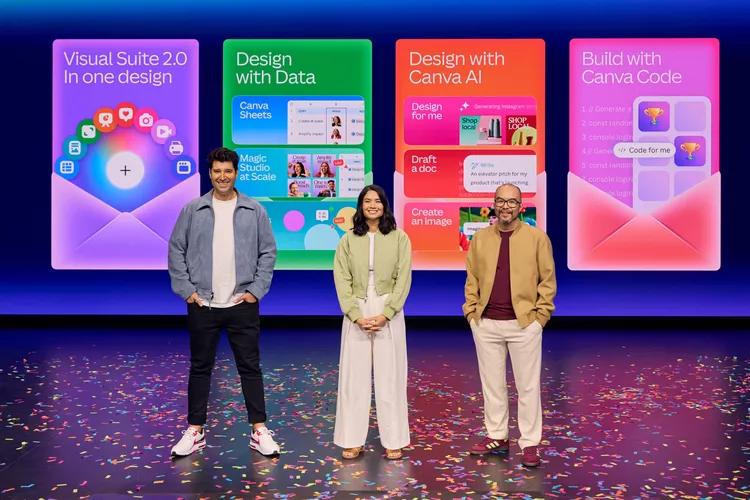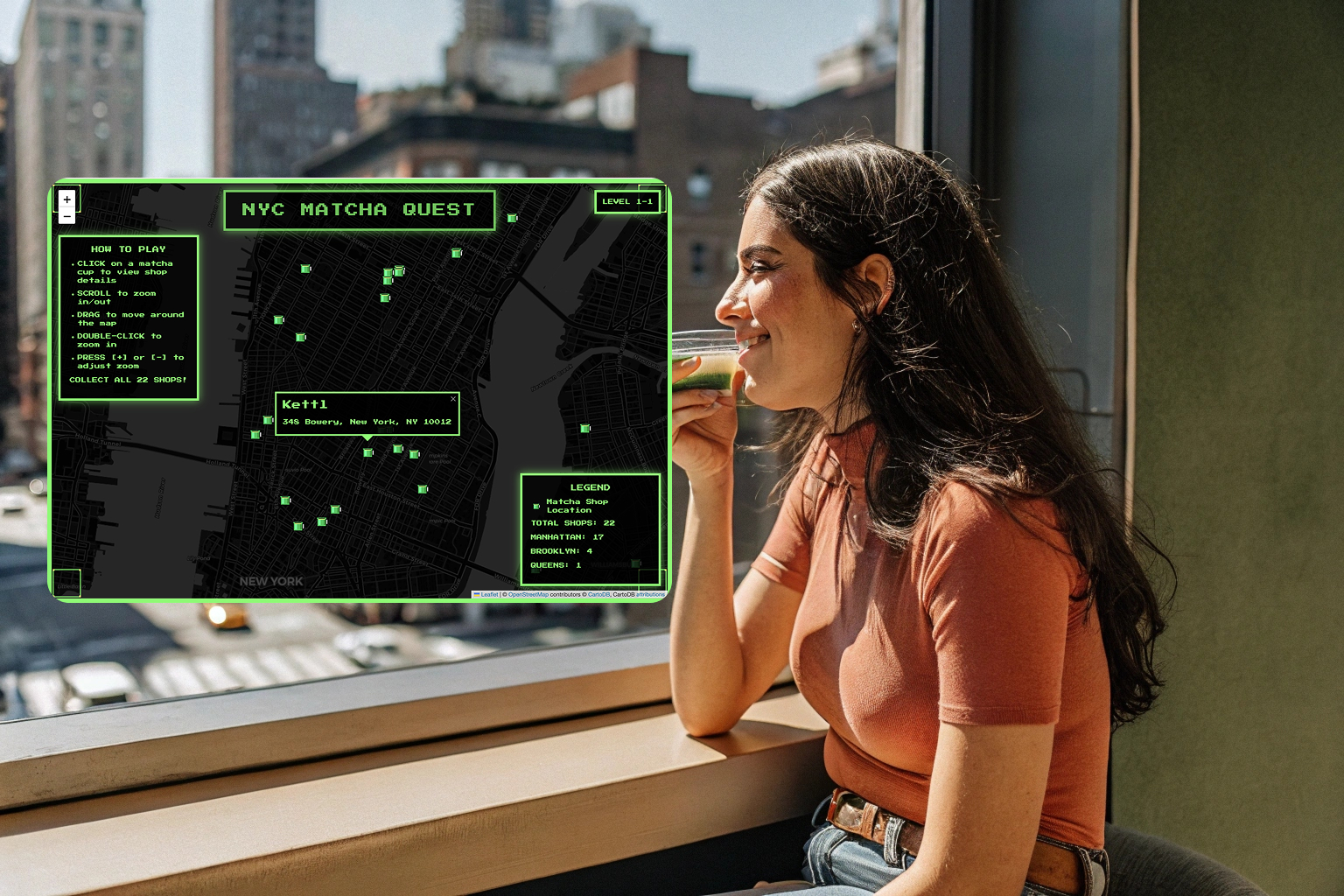At FIT’s 2025 DTech AI Symposium II, AI was framed less as a trend and more as a tool—one that could become fashion’s next creative partner or, if misused, accelerate a wave of aesthetic blandness and lazy executions. Across five panels, speakers from startups, design labs, supply chain consultancies, and university faculty gathered to unpack the real and fast shifts AI is making in creative industries.
Hosted by the Fashion Institute of Technology’s DTech Lab, this was the second edition of the annual AI Symposium (now bi-annual; the next one is in Sept./Oct. of 2025)—an event where design, business, and tech converge. The DTech Lab itself is an innovation studio within FIT that brings students and industry together to prototype new ideas in fashion, retail, and emerging technologies. This year’s theme, AI in Creativity and Business, spotlighted practical experiments, cultural critiques, and open questions around the use of AI in creative workflows.
From AI sketch-to-sample production pipelines to AI-powered NPCs in video games, the event offered tech, design, and fashion a refreshingly honest look at how AI is rewriting everything from education to sustainability standards. This recap series breaks it all down.
Inside the Series
The 2025 DTech AI Symposium at FIT featured five panels—but many of the conversations blurred the lines between design, operations, storytelling, and education. Instead of keeping each panel in its own box, we’ve grouped the insights into three stories that reflect how people are actually working with AI now: across roles, tools, and goals.
From secondhand marketplaces using machine learning to personalize subscription boxes, to students sketching pattern ideas with generative tools in Venice, the day spanned both the gritty and the imaginative sides of emerging tech.
1. Design, Produce, Ship—Then Repeat: What AI Actually Solves in Fashion
-
Panel 1: Digital Couture: AI’s Role in Fashion Design and Digital Product Creation
-
Panel 3: Smart Threads: AI Transforming Fashion Supply Chains
From sketch-to-sample platforms to forecasting software that guesses what’ll sell before it’s made, fashion’s AI playbook is shifting. The conversation across these two panels—featuring Amy Sperber (FIT), Leanne Luce (Kitted AI), Sylwia Szymczyk (FashionINSTA), Zehra Soysal, Jason Roth (CGS BlueCherry), Liz Pulos (Inspectorio), Sonja Chapman (FIT), and Diana Peck (Cotton Inc.)—zeroed in on how AI is helping reduce waste, surface patterns in consumer data, and lighten the load for small creative teams. But the tools don’t always work the way we want. That’s where human intuition still dominates.
2. AI x Design x Storytelling : How Creative Tools Are Evolving and Why Prompts Need a Human POV
-
Panel 2: AI at the Intersection of Design and Media
From branching narratives in video games to speculative fashion imagery generated in seconds, this panel explored how AI is shifting visual culture. With insights from Rupert Breheny (Cobalt), Ethan Lu (FIT), and Islay Burgess (Gensler), the talk focused on how creative directors, architects, and worldbuilders are experimenting with emotion-driven avatars, context-aware environments, and the eerie sameness of AI-generated content. It raised a key question: Can English majors and prompt engineers save us from the blandness?
3.From Skeptic to User: How Teachers and Students Are Experimenting with AI
-
Panel 4: Student Experience with AI in Italy and New York City
-
Panel 5: AI’s Impact on Teaching Practices
This wasn’t your typical student panel. Led by Kathlin Argiro (FIT), and students—Alma-Nicole Sossa, Labiba Islam, Paloma Sanchez Maria, and Shayna Ivette Ethridge — shared how their views on AI shifted from “cheating” to “actually helpful.” They used tools like Leonardo, Miro, GPT, and Photoshop’s generative fill across cross-cultural design projects in NYC and at H Farm in Italy. Faculty including Brian Fallon, Jaclyn Hilberg, Sonja Chapman, and Michael Ferraro emphasized the importance of co-authoring AI policies with students and keeping curiosity (not speed) at the center of the process.







